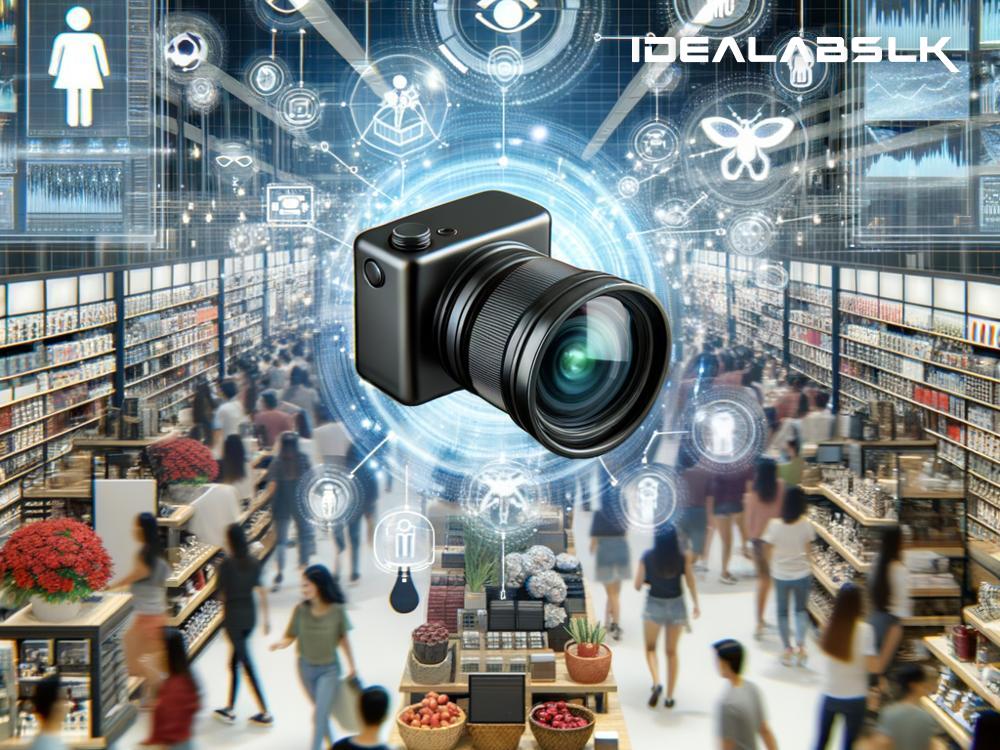Title: Transforming Shopping Experiences: How Image Recognition Software Advances Retail Analytics
In the dynamic world of retail, staying ahead of the curve is key to attracting and keeping customers. One of the game-changing technologies reshaping this landscape is image recognition software. By understanding and using the visual world around us, this sophisticated tech is revolutionizing retail analytics in ways that were once mere science fiction. So, let’s take a closer look at how image recognition is transforming the shopping experience for both retailers and consumers.
Breaking Down Image Recognition
Imagine a computer that can see and interpret the world around it almost like a human does. That’s what image recognition technology does. It uses artificial intelligence (AI) to identify objects, people, scenes, and activities in images or videos. By training with millions of pictures, image recognition software can learn to recognize patterns and objects accurately. From social media filters that can identify your face and overlay funny ears on your head, to security systems that can spot a suspicious person in a crowd, image recognition is becoming a part of our daily lives.
Revamping Retail with Image Recognition
In retail, image recognition is taking shopping to a whole new level. Here are several ways this technology is advancing retail analytics and, in turn, transforming the shopping experience:
1. Enhanced Customer Insights
Retailers are using image recognition to gain deeper insights into customer behaviors and preferences. For instance, smart cameras in stores can analyze foot traffic, identifying which areas are most visited and at what times. They can also monitor how customers interact with products – how long they look at an item or which products they compare. This treasure trove of information helps retailers tailor store layouts, product placements, and promotions to match customer preferences, ultimately enhancing the shopping experience.
2. Streamlined Inventory Management
Gone are the days of manual stocktakes and the chaos of running out of popular items. Image recognition software can now scan shelves in real-time, automatically identifying products that are running low and alerting staff to restock them. This not only ensures shelves are always full but also provides valuable data on which products are selling fast, helping retailers manage their inventory more efficiently.
3. Personalized Shopping Experiences
Imagine walking into a store and receiving personalized recommendations just for you, based on your shopping history and preferences. Image recognition makes this possible by identifying customers (with their permission) as they enter a store and pulling up their shopping profile. This enables sales staff to offer personalized assistance or for digital signages to display tailored ads, making each shopping trip unique and engaging.
4. Preventing Theft and Loss
Retailers lose billions each year due to theft and inventory shrinkage. Image recognition technology is becoming a critical tool in combating this issue. It can detect suspicious behaviors, such as someone tampering with security tags or attempting to conceal items, and instantly alert staff. By reducing theft, retailers can keep prices fair for honest customers and improve their bottom line.
5. Improving Online Shopping
Image recognition isn’t just transforming brick-and-mortar stores; it’s also revolutionizing online shopping. Websites now offer visual search capabilities, where customers can upload a photo of an item they like, and the search engine will find similar products available in the store. This makes finding the perfect product quicker and more intuitive, enhancing the online shopping experience.
The Future Is Here
The rapid advancement of image recognition software is showing us a glimpse of the future of retail. By providing deeper insights into customer behavior, streamlining inventory management, offering personalized experiences, reducing theft, and improving online shopping, this technology is setting new standards for retail analytics and customer service.
As image recognition technology continues to evolve, its potential to further transform the retail industry is limitless. For retailers, staying updated on these technological advancements and integrating them into their operations will be key to remaining competitive in this fast-paced market. For consumers, the shopping experience is becoming more convenient, personalized, and engaging, making every trip to the store or online session a journey of discovery.
In conclusion, the fusion of retail and image recognition software isn't just changing the game; it's redefining it. The future of shopping is bright, and it's thanks to the incredible advances in technology like image recognition.

